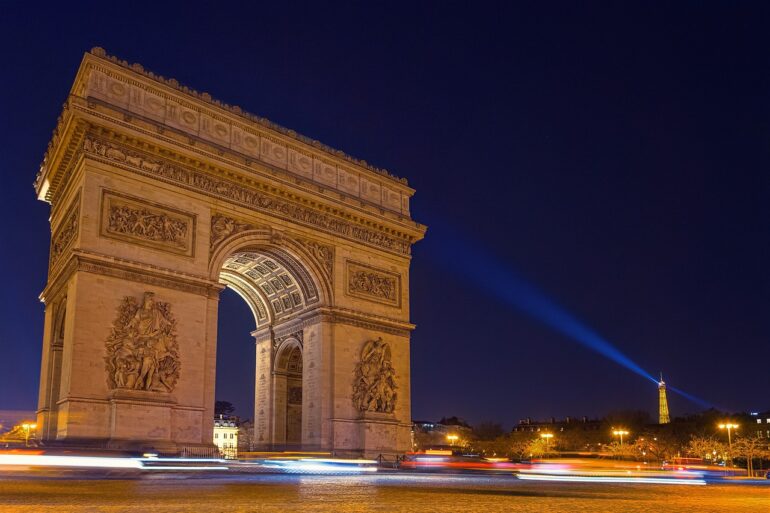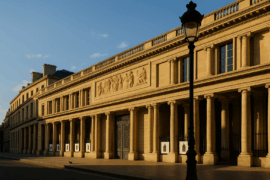Introduction to the Champs-Élysées
The Champs-Élysées, this world-famous Parisian avenue, is much more than just a major artery of the French capital. Known globally for its elegance, it is often referred to as “the most beautiful avenue in the world.” To understand why it attracts millions of visitors every year, one must dive into its history, its landmarks, and its well-kept secrets.
This nearly two-kilometer-long avenue stretches from Place de la Concorde to the Arc de Triomphe. It is lined with luxury boutiques, theaters, cafés, and green spaces. The Champs-Élysées are a microcosm of Paris, reflecting both the city’s prestigious past and its modern dynamism. It’s a place where history, culture, and leisure meet, offering a unique glimpse into Parisian life.
In this article, I invite you to discover everything there is to know about the Champs-Élysées. From their origins to their lesser-known aspects, including must-see attractions, we will explore this iconic location together. Get ready for a fascinating journey into the heart of Paris.
History of the Champs-Élysées
The history of the Champs-Élysées dates back to the 17th century. In 1667, renowned landscape architect André Le Nôtre was commissioned by Louis XIV to create an extension of the Tuileries Garden. This majestic perspective, initially called the “Grand Cours,” gradually took shape and became a popular promenade for Parisians.
Over the centuries, the avenue evolved and was beautified. In the 18th century, it was officially named “Champs-Élysées,” in reference to the Greek mythological fields where heroes found eternal rest. The name already evoked the prestige and elegance that would come to define the place.
The 19th century marked the golden age of the Champs-Élysées, with the construction of the Arc de Triomphe in 1836 under King Louis-Philippe. This monument, dedicated to the armies of the Revolution and the Empire, became a national symbol of France. The avenue, then paved, became the stage for many national celebrations, reinforcing its status as a Parisian icon.
Major Attractions of the Champs-Élysées
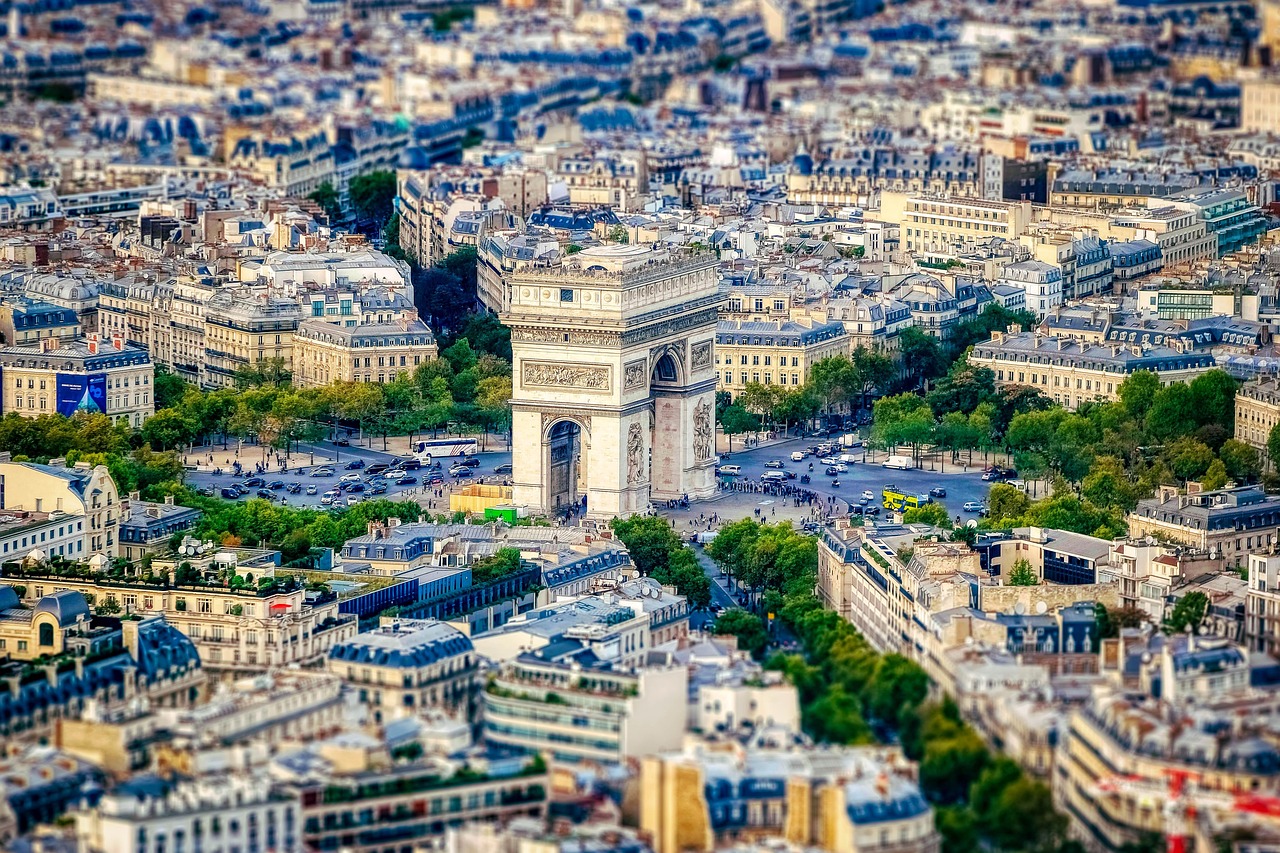
The Champs-Élysées is home to some of Paris’s most famous attractions. The Arc de Triomphe, located at its western end, is undoubtedly the most iconic landmark. This imposing monument offers a panoramic view of the city from its top, accessible via a spiral staircase.
The Grand Palais and Petit Palais, located nearby, are also must-visit spots. The Grand Palais, with its magnificent glass roof, regularly hosts major art exhibitions and cultural events. The Petit Palais houses the City of Paris Museum of Fine Arts, showcasing collections ranging from Antiquity to the early 20th century.
The Théâtre des Champs-Élysées is another highlight for culture lovers. Built in the early 20th century, it is known for its diverse programming—from opera and theater to classical music concerts. Its Art Deco façade is also a visual delight for passersby.
Iconic Events on the Champs-Élysées
The Champs-Élysées hosts many iconic events that punctuate Parisian life. The July 14th military parade, celebrating France’s National Day, is one of the highlights of the year. This parade, marching down the avenue, attracts thousands of spectators who come to admire the French army’s troops and vehicles.
The world-famous cycling race, the Tour de France, traditionally ends on the Champs-Élysées. After covering thousands of kilometers across France, cyclists cross the finish line on this legendary avenue to the cheers of an enthusiastic crowd. This sporting event is watched by millions of viewers around the world.
During the holiday season, the Champs-Élysées lights up with stunning Christmas decorations. The trees lining the avenue sparkle with lights, creating a magical ambiance. Christmas markets, with their wooden chalets, offer handmade products and festive foods, adding a touch of enchantment to the season.
Hidden Secrets of the Champs-Élysées
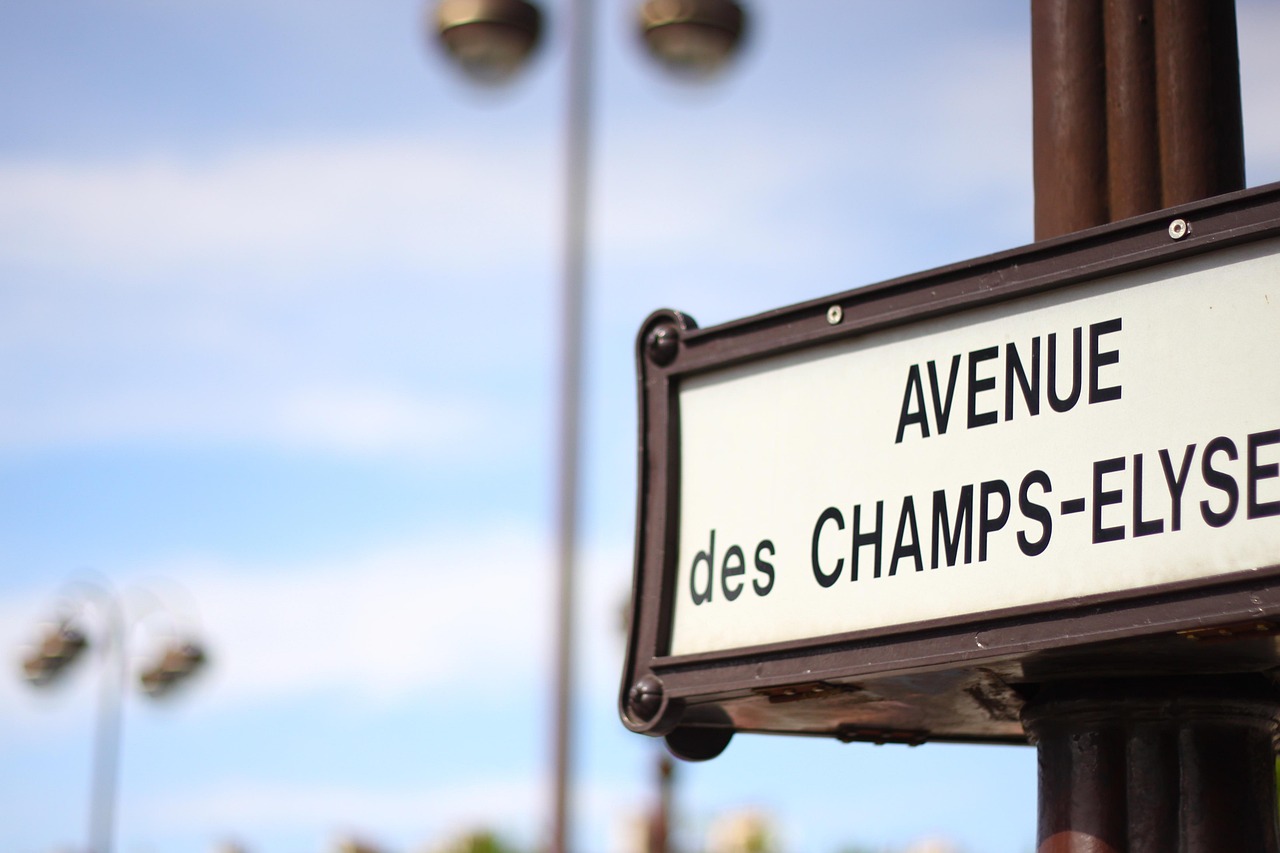
Despite their global fame, the Champs-Élysées hide secrets unknown to the general public. Did you know that beneath the avenue lies a network of tunnels? These underground passages, once used for transporting goods, are now closed to the public but still intrigue the curious.
Another well-kept secret is the existence of hidden gardens. Behind certain facades lie unsuspected green spaces, offering peaceful havens far from the hustle and bustle of the avenue. These gardens, often private, are occasionally open to the public during Heritage Days (Journées du Patrimoine), giving visitors a rare glimpse of their beauty.
Finally, the history of the Champs-Élysées is filled with surprising anecdotes. For instance, in the early 20th century, the avenue hosted car and bicycle races that drew crowds of passionate spectators. Though these sporting events no longer exist, they reflect the excitement Parisians once had for the innovations of their era.
Tips for Visiting the Champs-Élysées
Visiting the Champs-Élysées can be an unforgettable experience if done right. To fully enjoy the avenue, it’s best to start your walk early in the morning, when the streets are still quiet and the atmosphere is calm. This allows you to admire the architecture and discover the little details that give the area its unique charm.
It’s also wise to plan regular breaks at one of the many cafés lining the avenue. Whether you’re sipping a Parisian coffee or indulging in a pastry, these relaxing moments are perfect for observing local life. The terraces offer stunning views of the steady flow of passersby—a show in itself.
Finally, don’t hesitate to explore the side streets around the Champs-Élysées. These lesser-known lanes hide treasures such as art galleries, artisan boutiques, and authentic restaurants. They offer a chance to discover a different side of Paris, away from the tourist crowds.
Must-Try Restaurants and Cafés
The Champs-Élysées are renowned for their diverse culinary offerings, from traditional cafés to Michelin-starred restaurants. One of the most iconic addresses is Le Fouquet’s, famous for its chic atmosphere and rich history. This legendary restaurant has welcomed many celebrities from the worlds of film and politics.
For a more contemporary experience, L’Atelier de Joël Robuchon is an excellent choice. Run by the late Michelin-starred chef Joël Robuchon, this restaurant serves inventive and refined cuisine. The dishes, made with seasonal ingredients, are a true delight for the senses.
Pastry lovers should not miss a visit to Maison Ladurée. This Parisian institution is world-famous for its delicate macarons and elegant tea rooms. A gourmet break at Ladurée is the perfect way to recharge before continuing your stroll along the avenue.
Famous Shops and Boutiques
The Champs-Élysées are a shopper’s paradise. The avenue is home to some of Paris’s most prestigious boutiques, offering an unparalleled shopping experience. Among them, Louis Vuitton is undoubtedly one of the most famous, attracting fashion enthusiasts from around the globe.
Sephora, with its flagship store on the Champs-Élysées, is a must-visit for beauty lovers. This beauty mecca offers a wide range of products—from perfumes to skincare—in a modern, welcoming setting.
For a unique shopping experience, head to Galeries Lafayette Champs-Élysées. This upscale department store features a carefully curated selection of fashion, accessories, and luxury items, all set in a contemporary and stylish space. Galeries Lafayette is the perfect place to discover the latest trends in Parisian fashion.
How to Get to the Champs-Élysées
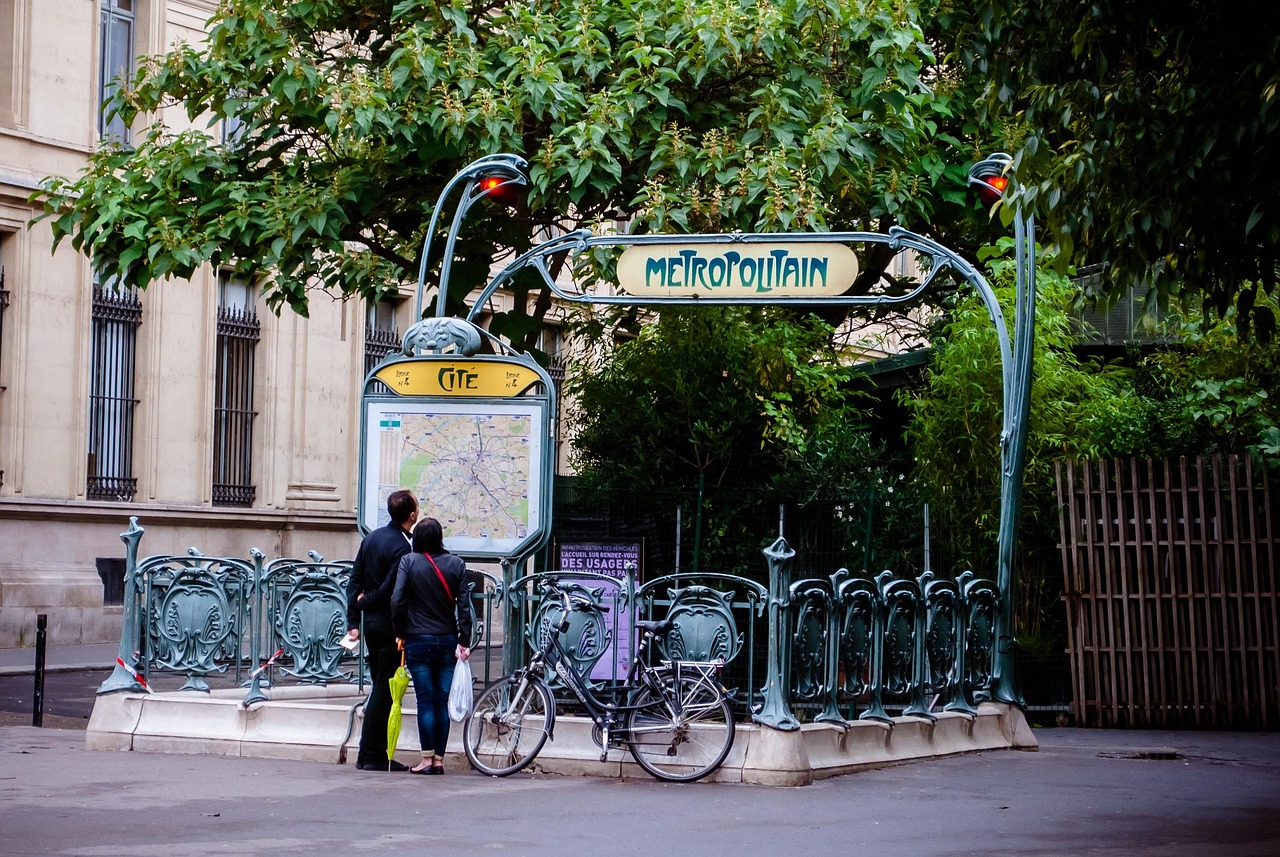
Getting to the Champs-Élysées is a breeze thanks to the variety of available transportation options. The Paris Metro offers several lines that serve the avenue, notably lines 1 and 13, with stations such as Champs-Élysées – Clemenceau and Franklin D. Roosevelt.
For those who prefer to stay above ground, Paris buses are a practical and economical option. Several bus lines run through the Champs-Élysées, offering panoramic views of the avenue and its surroundings. Lines 42 and 73 are particularly recommended for reaching major tourist attractions.
Finally, for a more personalized experience, taxis and private transport services such as Uber are readily available in the capital. They provide a comfortable and direct way to get to the Champs-Élysées, especially if you’re traveling in a group or with a lot of luggage.
Conclusion: Why the Champs-Élysées Are a Must-See in Paris
In conclusion, the Champs-Élysées are much more than just an avenue. They represent the very essence of Paris, blending history, culture, and modernity. Whether you’re an art lover, a shopping enthusiast, or simply curious to discover the soul of the city, the Champs-Élysées have something for everyone.
This iconic avenue is a place of gathering, celebration, and discovery. It embodies Parisian elegance and the city’s vibrant energy, attracting visitors from all over the world. As you stroll along its sidewalks, admire its monuments, and enjoy its cafés, you quickly understand why the Champs-Élysées are a must-visit during any trip to Paris.
If you haven’t yet had the chance to wander this legendary avenue, I strongly encourage you to do so on your next visit to Paris. The Champs-Élysées promise unforgettable memories. Feel free to share your experiences and let us know your favorite spots along the avenue. See you soon on the Champs-Élysées!

